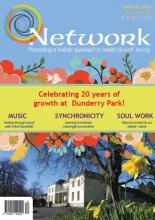In 2005, along with around a hundred other Westerners, I had the good fortune to accompany Thich Nhat Hanh back to his native country of Vietnam. He had been exiled for 39 years because of his unwillingness to take sides in the Vietnamese civil war between the North and South of the country.
It was a historic visit and there were many interviews conducted by journalists from all over the world. One of the interviews struck a deep chord with me. It was with an American journalist writing for Newsweek. At the end, she asked Thich Nhat Hanh if he had anything particular to say to her readers. He paused for a moment and said ‘go home and heal your life’. The journalist seemed perplexed and wondered if it was a personal message to return to the United States. But Thich Nhat Hanh followed by saying 'you don't need to take an aeroplane; our true home is right here in this very moment'.
Implicit in this remark is that we have all the resources we need within ourselves for self- healing, and that the closer we come to ourselves with the aid of mindfulness the more integrated and healthy we become. This is an encouraging insight because what it suggests is that beneath the myriad states of suffering we can all experience there is our intrinsic goodness that is temporarily covered over. It is true for all of us that from time to time we get glimpses of this truth, one that is confirmed by a large body of reliable scientific research.
A Culture of Disconnect
The question needs to be asked why so many people are disconnected from this intrinsic state of well-being? This disconnection has drawn huge numbers of people worldwide to mindfulness courses over the past three decades, and in Ireland over the past seven or eight years. In order to understand this interest we first need to look at the quality of life that we as a contemporary culture have created.
This is one of the first questions we ask participants on our mindfulness courses: what brings you here? Invariably the answer is a sense that life is rushing by, a sense of disconnection, difficulty sleeping as the mind is constantly racing, and the associated mental states of low self esteem, stress, anxiety, depression. There is an almost unanimous recognition that even if they want to, people find it very difficult to slow down. In a nutshell the frantic state of contemporary life is taking its toll. We are, as Thich Nhat Hanh points out, running through life as if we are being chased.
On the mindfulness course the first exercise we do to slow down is to eat something mindfully, typically a raisin. Very quickly the level of disconnection from the senses is evident but the process of enquiry has begun. There is a recognition that little attention is paid to savouring sensations, and that food is gobbled without being tasted.
This insight is extended out to the ways we normally eat, leading to the common reflection on how the a full fork is often poised in mid air close to the mouth before we’ve had a chance to begin chewing the first mouthful.
I remember on one of the first advanced mindfulness courses I offered to health professionals, that during the first day as the group were going to a local restaurant to lunch, I invited them to engage in the practice of mindful eating while having their meal.
They had all forgotten this invitation by the time they reached the restaurant. (This is one of the core trainings of mindfulness, to recollect what it is we are asking of ourselves).
Mid-way through the meal one of the group remembered the instruction so they all decided to slow down a little bit, at least to rest their forks while chewing their food. Within a couple of minutes the waiter came to enquire if the food was to their satisfaction. The group mused that not only was it a challenge for them to slow down but that there was a collective expectation expressed by the waiter that food eaten slowly may suggest a level of dissatisfaction!
This is an important point as when we engage in mindfulness we may be engaging in a practice that is counter-cultural and a challenge to the speed and haste that has become the norm.
Curiosity, Concentration, and Insight
When I took my first mindfulness course over thirty years ago one of the instructions was to stand still for half an hour scanning the body from head to toe. We were in an enclosed garden. New to the practice I soon tired of the discipline and began looking at the flowers next to my feet. They were tulips, flowers that were very familiar to me as my father used to grow them in the garden at home. But as I began to rest my attention on the flowers I noticed that I saw them much more vividly, they seemed like the most alive flowers that I had ever seen - vibrant red with that black star-shaped interior.
I had the insight that despite them being around me a lot I had never really taken the time to really look at them. I was taken aback by the amount of pleasure something that I had so taken for granted could give me and I wondered what else might I be missing out on. My curiosity had been aroused - a critical step in opening up to my body and the world around me.
Mindfulness is made of other elements, namely concentration and insight. Once we begin to develop this form of concentration, we start to see things in greater depth. Concentration from the perspective of mindfulness can be different from the ways we usually concentrate. Concentration can often be associated with being ‘lost’ in whatever we are doing.
For example, if we are reading or writing we may give exclusive attention to the task and not be conscious of the posture of the body, the rhythm of the breath, the temperature of the room etc. With mindfulness our attention is more open, embracing the task itself, as well as the environmental frame in which it is taking place. This will include our own psycho-physical responses, including sensations, mood and feelings and, perhaps if we have boiled a kettle, the sound of it hissing in the background. So we recognise that all of our being is engaged in the task of reading and that the body and mind are not separate. It is like turning on a light to the various processes that are going on within and around us.
We may often have unconscious attitudes even in response to the act of reading itself. Some time ago on one of the courses I run at Oscailt there was a participant who had had a very difficult experience at school. She was keen to fulfil the reading requirement of the mindfulness course. When she began to cultivate her mindfulness she recognised that she had always carried a sense of inferiority about reading and that this had inhibited her ability to absorb material she read. She had not made that specific connection before, believing she just did not like reading. During the course she began to remember some of the associations she had at school around reading and she became aware how she had internalised the punitive voices of her teachers; she had taken the teachers' criticisms to be facts and this had severely narrowed the scope of her reading. She was in fact a very bright woman but because of her particular conditioning had learned to lack confidence as a reader.
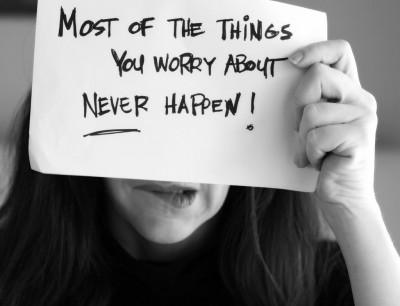
Your thoughts are not facts
One of the important lessons people on the Mindfulness Based Courses learn is that thoughts are not facts. This has been one of the major shifts in Cognitive Therapy as it embraces mindfulness (MBCT). The old approach of trying to work directly with thoughts to change their content may have some limited benefits. With mindfulness, however, we bring the attention back to the breath so that we can observe the flow of thinking, without our habitual tendency to identify with our thoughts. Over time the identification with our thoughts loosens and we begin to see our identity as much more fluid.
Understanding ourselves in this way allows us to better explore and re-assess the more rigid patterns that may have had a debilitating effect on our life, contributing to such conditions as anxiety and depression. As we examine closely conditions such as these, we will discover that they are fuelled by particular thought and affective patterning.
When we practise mindfulness we begin to notice that there is quite a bit going on even though it has rightly been described by Jon Kabat-Zinn as ‘non-doing’. This non-doing space is not without activity. Continually paying attention to the ever-changing present moment requires us to pay attention to what is arising. It requires us to return again and again to the breath and the body, to suspend our judgements, to cultivate curiosity and a sense of investigation, and to remind ourselves again and again that our thoughts are not facts. The latter being a particular challenge to the Cartesian axiom ‘I think therefore I am’.
As we settle into the vitality of the moment we will recognise what it is to be truly alive and realise that we have a choice over where we can more skilfully and creatively direct our attention.
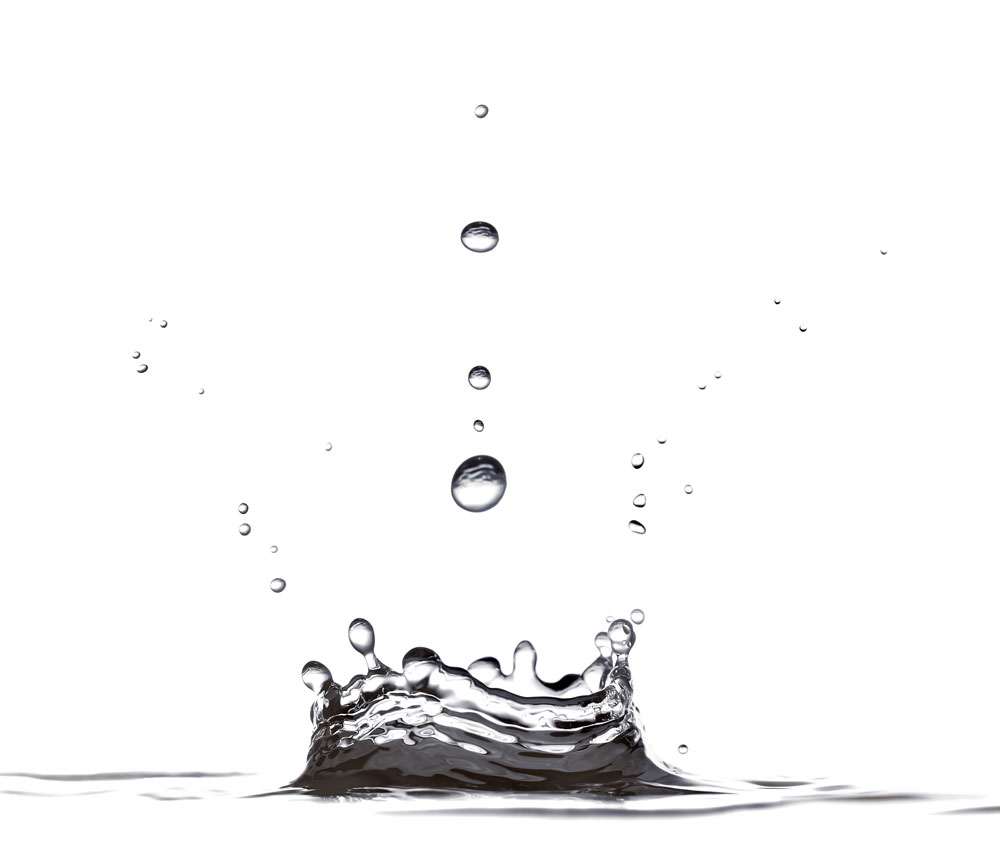
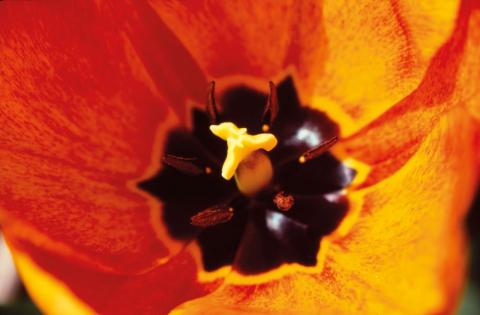

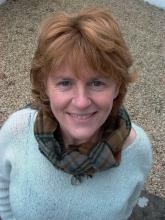 Mary O’Callaghan, MA is the Director of Oscailt Integrative Health Centre in Dublin. She is an accredited psychotherapist who has also been exploring meditation practices for over thirty years. During this time, she spent eight years in India undergoing training in Eastern philosophy and meditation. She has also led meditation retreats in Europe and Asia.
Mary O’Callaghan, MA is the Director of Oscailt Integrative Health Centre in Dublin. She is an accredited psychotherapist who has also been exploring meditation practices for over thirty years. During this time, she spent eight years in India undergoing training in Eastern philosophy and meditation. She has also led meditation retreats in Europe and Asia.
